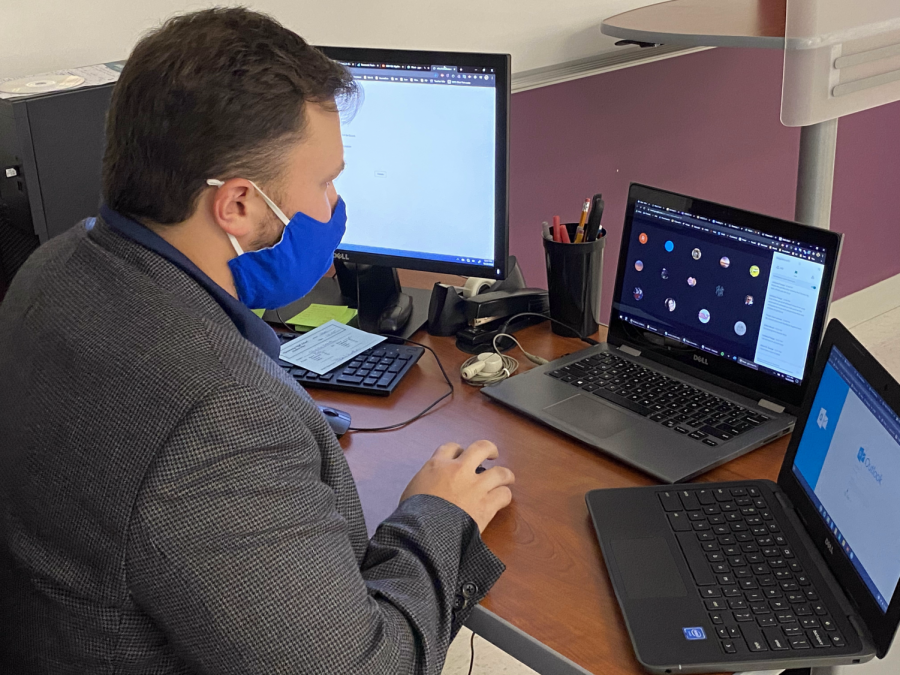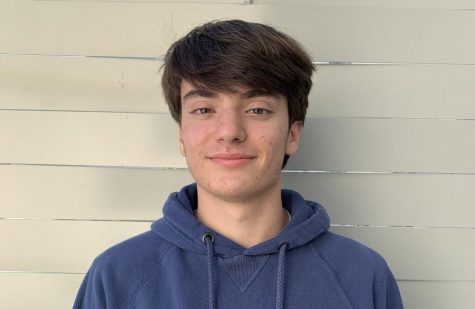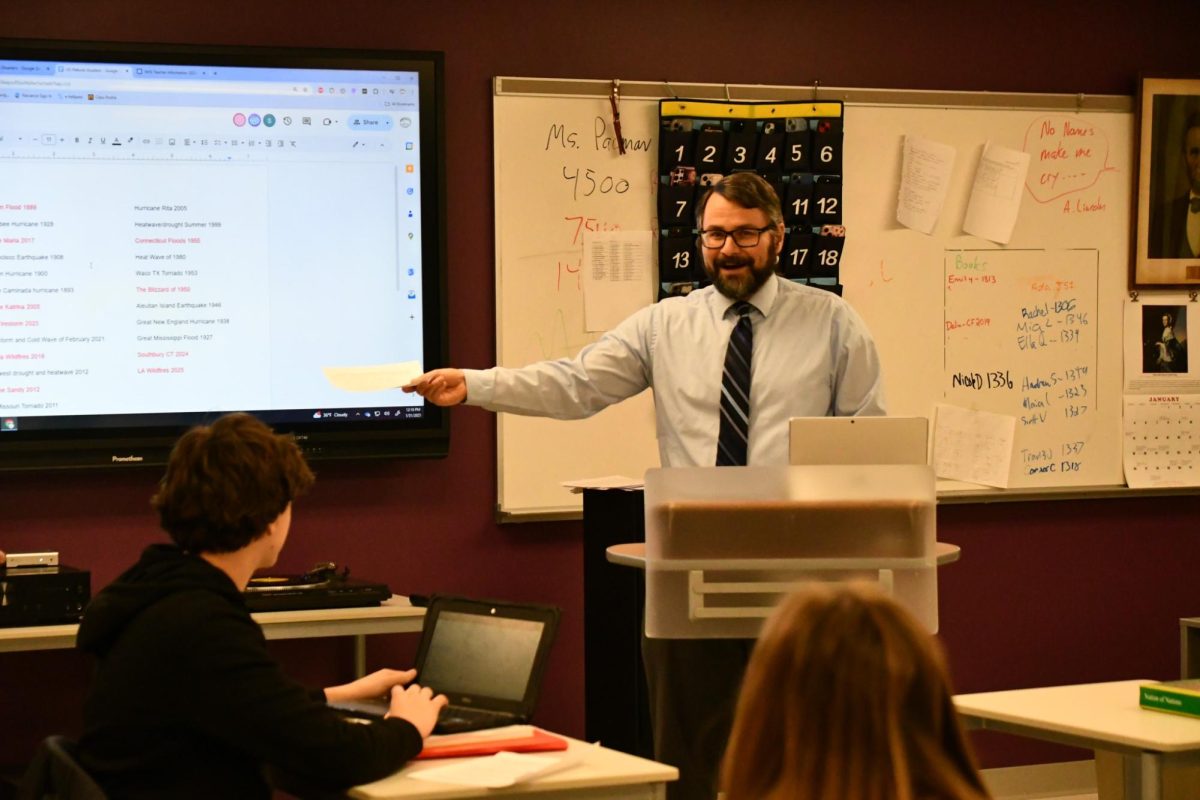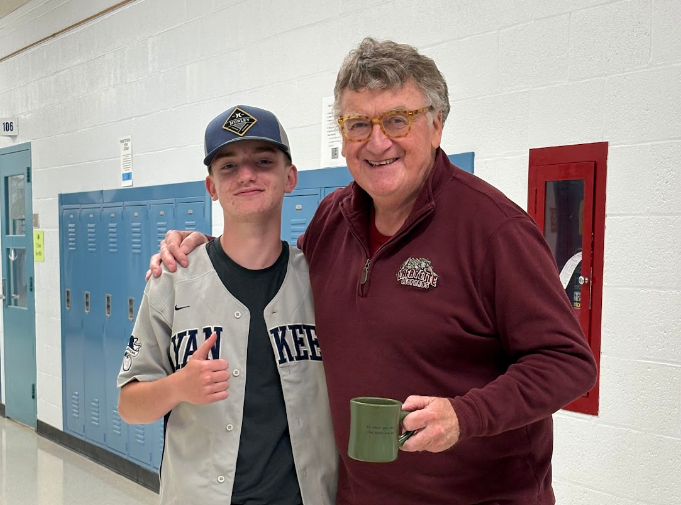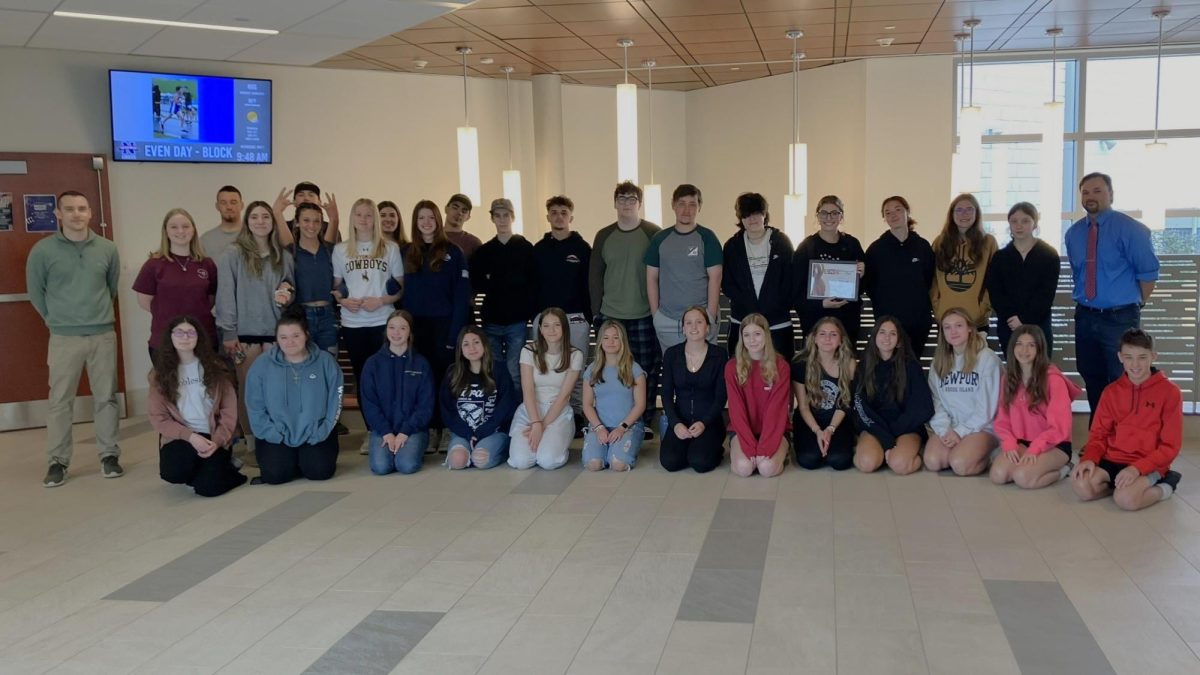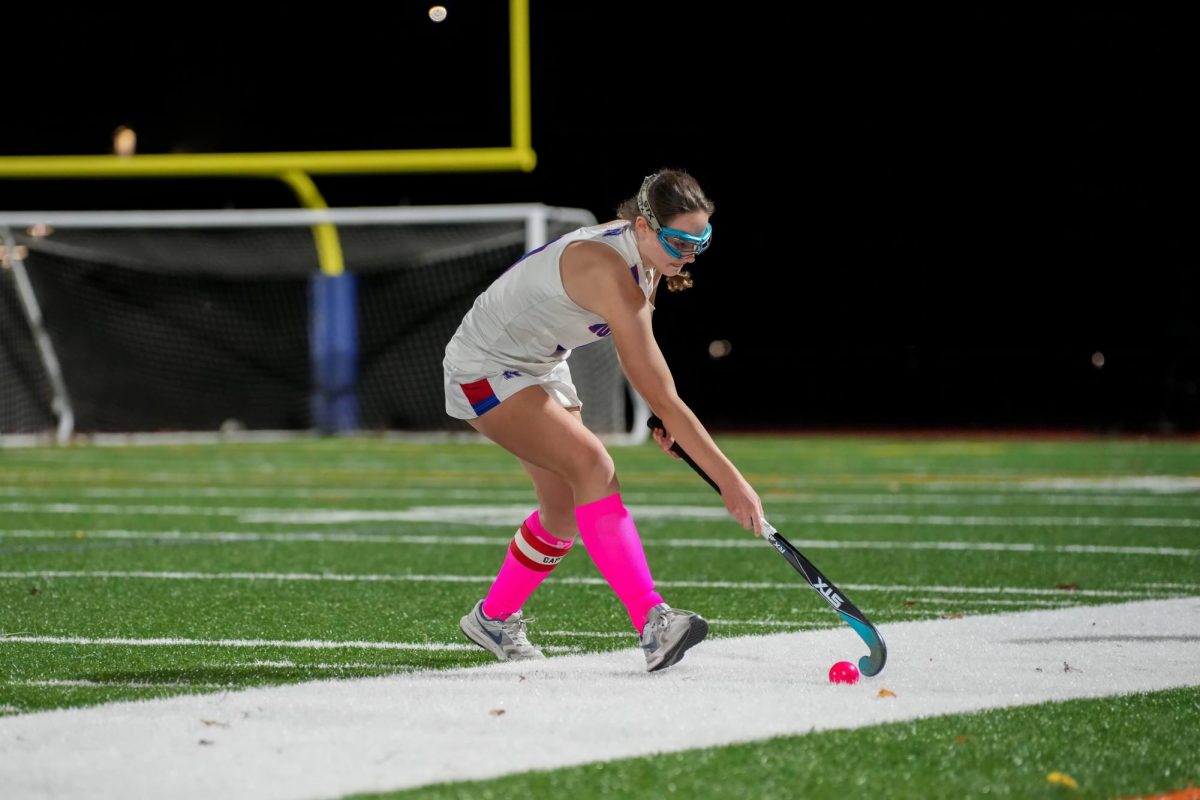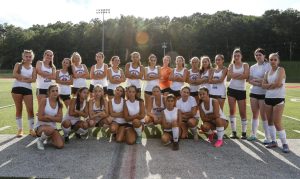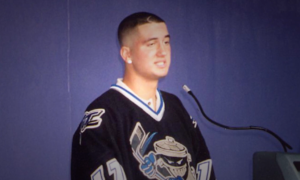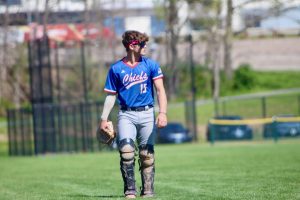Is Hybrid Learning Changing the High School Curriculum?
Mr. Kyle Brennan, a history teacher at Nonnewaug High School, talks to his class online via Google Meet.
November 5, 2020
Due to the COVID-19 pandemic, Nonnewaug High School has started its hybrid school model this fall with completely new methods of learning.
Over the previous months, the COVID-19 pandemic has changed the traditional style of learning in many school districts. One of these changes was the use of hybrid learning throughout our school district. Hybrid learning consists of half in-person instruction and half at home instruction via the internet. This model is very effective for maintaining health and safety in the community, but it is fundamentally changing our academic curriculum in the process.
Traditionally students go into school 5 days a week and have each class for approximately 240 minutes per week. Now, with the hybrid learning model, students are currently learning 4 days a week and are only going to school in-person for 2 days, which is approximately 160 minutes of instructional time per week.
When asked about the change in schedule, Raymond Robillard, Math Department Chair at Nonnewaug, said, “yes and no. It is undeniable that we have less instructional time than last year. However, being completely block scheduled this year means fewer transitions moving from class to class, and as a result means more time that students are engaged in their work then if we were using our 7 period day with our reduced contact hours this year”.
With around 80 minutes of instruction time lost per week, teachers now have to figure out how to adjust the pace of their class so that they can cover all the necessary material by the end of the year.
One way teachers are doing this is by glazing over more specific ideas so that they can teach the core elements of the class most effectively. When asked about her confidence in being able to complete the curriculum by the end of the year, Nonnewaug science teacher Melissa Hodges said, “I will definitely have to make some concessions this year and will have to focus on what is most important for my students to learn”. Similarly, Mr Robillard said, “My view is that I will do my best to cover the entirety of the curriculum and even if there have to be cuts here or there, I will make sure to hit on all the big ideas of the curriculum”.
Tests are another issue that don’t exactly have one solution. Some teachers are trying to do a staggered test taking schedule with Cohort A taking it while they are in school, and Cohort B when they are in school. When asked about this plan, Mr. Robillard explained, “I plan on being flexible in scheduling by coupling assessments with activities that can be done before or after the assessment. So cohort A may take a test, then complete the activity at home later in the week, while cohort B does the activity at home earlier in the week, then has the same test later in the week”.
Another approach that is being taken is an open book strategy that is less susceptible to cheating. For example, Ms. Hodges is using this open book strategy in her science classes by having students explain answers using the topics learned in class. “I realize that as long as I have distance learners tests will essentially be open book,” she said. “I have always focused on application questions and problem solving on my tests and will continue to do so. All math style problems will require that students show their work. All application questions will require reasoning and explanations based on what we have learned in class. I have already talked with my students about academic integrity. Students answer questions very differently than Google. I will encourage students to use their own resources (their own worksheets and class notes) to show me what they know. I want to see them learn and improve, so that requires they show me what came out of their own brains.”
It is clear that this school year will bring new changes to the way the curriculum is traditionally taught. But as the old proverb goes, necessity is the mother of invention, and schools might realize some of these strategies work better than the traditional routine.



